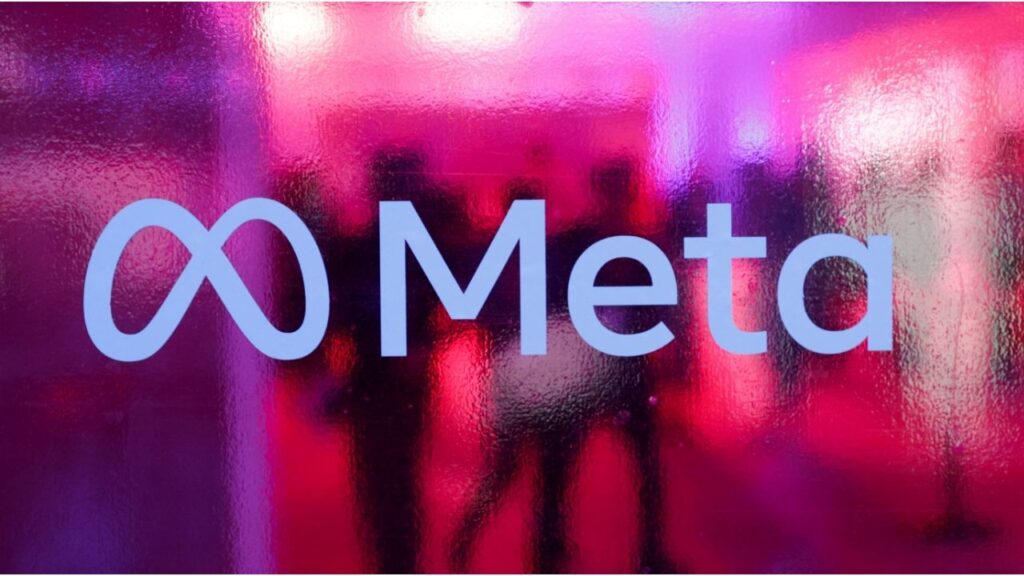California school districts return early, some starting in July, moving away from traditional September start dates. (EdSource/Diana Lambert)

- Districts shifted to earlier start dates to reduce summer learning loss and give more time to prepare for state tests.
- Most parents and teachers favor the new schedule, appreciating the regular breaks throughout the school year.
- Despite emotional first days, students and educators dive into learning, building community, and embracing growth.
Share
|
Getting your Trinity Audio player ready...
|
Children wearing colorful new backpacks, parents in tow, hugged and high-fived Principal Gina Lopez and other school staff as they streamed under an arch of multicolored balloons, accompanied by pulsating music, on the first day of school at George Washington Elementary School in Lodi on Tuesday.

Diana Lambert
EdSource
Lodi Unified in San Joaquin County was among the first California school districts to return to school this year, beginning just after Sweetwater Union High School District in San Diego, which reopened on July 24. Some districts, many with year-round schedules, started even earlier.
California school districts have moved away from the September return to school that was common in California and other states until the 1990s. School districts sometimes made the change to allow students to complete their semester studies and take their final exams before the winter break. It also gives students more time to prepare for state standardized tests.
Sweetwater Union decided to complete its first semester by December to maximize instruction days before Advanced Placement testing, according to a statement from the district.
(This article originally appeared on EdSource.)
“Key educational benefits to an earlier start date include reducing summer learning loss, alleviating overcrowding in schools, and aligning the calendar with four feeder districts — Chula Vista Elementary, San Ysidro, National School District, and South Bay — allowing families to coordinate vacations and child care more effectively,” according to the district statement.
An EdSource survey of California’s 30 largest school districts this year found that all are returning to school before the Labor Day holiday in September and 21 of those are returning by Aug. 15. In 2014, seven of the 30 largest school districts were still starting school after Labor Day, according to an EdSource survey that year.
Some districts that instituted earlier start dates have opted to end the school year earlier, but others have shortened the summer break and added days off during the school year.
California isn’t the only state returning to school early. About 70% of U.S. students had returned to school by Aug. 25 last school year, according to the Pew Research Center.
Related Story: Cal State Trustees Weigh Bid to Merge Cal Maritime, Cal Poly San Luis Obispo
Summer Shortened Decades Ago
The students at George Washington Elementary and other Lodi Unified schools are used to returning to school in late July or early August — the district has been doing it for about two decades. Sweetwater Union High School District has been returning to school in late July for more than a decade.
Lodi Unified moved its schools to a year-round schedule in the late 1980s because of overcrowding. It changed course in the early 1990s, after high schools struggled with the schedule, and began to move schools to a modified traditional schedule as they built more schools, said Superintendent Neil Young. Today, all of its schools are on a schedule that divides the year into quarters with a two-week break after each one.

Most parents and teachers have been in favor of the calendar and there has been no interest in changing it, Young said.
“I know for our teachers to be able to do a reset at the end of each quarter and begin the new quarter refreshed has been a positive,” he said. “And I have heard teachers say they appreciate that.”
George Washington Elementary teachers Jenny Hampton and Natalie Smalley agree. They both prefer the regular breaks to a longer summer.
“Those two weeks every nine to 10 weeks, like the kids are ready for a break, we’re ready for a break and so we just, we like that better,” Hampton said.
Related Story: How and Why to Get a State Seal of Biliteracy | Quick Guide
Students Excited for New Year
Sisters Karina Barron and Maria Barron remember starting school in July when they were students in Lodi Unified schools. On Tuesday they were dropping their children off at school. Their families like the school calendar, they said.
“They kept asking when school started,” said Karina Barron of the children.
The kindergarten through sixth-grade students streaming through the doors of George Washington Elementary seemed excited to be back in school.
“It’s better to be learning, so in the future I can have more life skills,” said Emmanuel, a sixth-grade student. His favorite subject is math.
Related Story: California Ranks Bottom Third in Overall Child Well-Being, Per New Report
It’s All New to Kindergartners
Kindergartners in Kristen McDaniel’s class have no recollection of a time when school started in September. On Tuesday they each sat on a square on a rug in the middle of the classroom, much like decades of students before them. On a stool in the corner, one little girl wept, reluctant to join the group.
McDaniel, who has taught kindergarten in the same classroom at George Washington Elementary for 25 years, knows the first day can be tough for her students. Everything takes longer on the first day of school, she said.

“They don’t know where their cubbies are,” McDaniel said. “They don’t know how to walk in, where to go. So, it took a little bit of extra time today in order to get them to the carpet to circle time.”
The first day can also be tough for teachers. McDaniel repeatedly told one boy to sit and not to lie on the rug, and twice had to gently remove the hand of a girl who grabbed at the book she was reading to the class.
“This first day is so hard, and if it stayed this way, no one would ever, ever do it,” McDaniel said. “You couldn’t pay me enough to do this every single day. But the growth that you get at kindergarten versus other grade levels, it’s just incredible. And that’s why I do it, because I remind myself of this day and how they didn’t even know how to sit or just wanted to lay down on the carpet instead.”
By the end of kindergarten, the students will be reading, adding and subtracting and focusing on literature, she said.
McDaniel started the day by reading “Your Teacher’s Pet Creature,” which reinforces positive classroom behavior and introduces students to the stuffed class pet. During circle time, each child passed the class pet to the child sitting beside them, after reciting their name and receiving a welcome from the class in return.
“The point of that first circle time is to build community, to get them to feel like they’re a part of the class and to learn about each other,” McDaniel said.
With introductions made and cubbies squared away, McDaniel dived into instruction, holding up a flash card with an apple to introduce the letter A. Shortly after, the little girl in the corner wiped away her tears and joined the group.
“She actually had a great rest of the day, reported McDaniel.
The kindergartner wasn’t the only one overcome emotionally at the start of school. Principal Lopez said she became emotional when she visited classrooms the day before school, especially when she saw that the old mismatched desks and chairs had been replaced with new furniture.
“This is like my 24th year, but you know, every beginning is always special,” said Lopez. “Right? Because this is my heart.”
EdSource reporters Mallika Sheshadri, Lasherica Thornton, Emma Gallegos, Zaidee Stavely and Betty Márquez Rosales contributed to this report.
About the Author
Diana Lambert covers teachers and teaching. Before coming to EdSource, Diana was an education reporter for The Sacramento Bee for more than a decade. She has won numerous awards, including the 2017 James Madison Freedom of Information Award from the Society of Professional Journalism, and both a first-place honor for investigative reporting from The Inland Press Association and the McClatchy President’s Award in 2016. Before becoming an education reporter Diana was a bureau chief for the Sacramento Bee. She began her career at age 17 as a part-time proofreader for the Lodi News-Sentinel. Diana earned a bachelor’s degree from California State University, Sacramento.
RELATED TOPICS:
Categories

MAHA Activists Urge Trump to Fire His EPA Administrator

US Supreme Court May Be Poised To Ditch More of Its Precedents

Meta Strikes Multiple AI Deals With News Publishers

Dollar Slips as Traders Eye Next Week’s Fed Meeting














